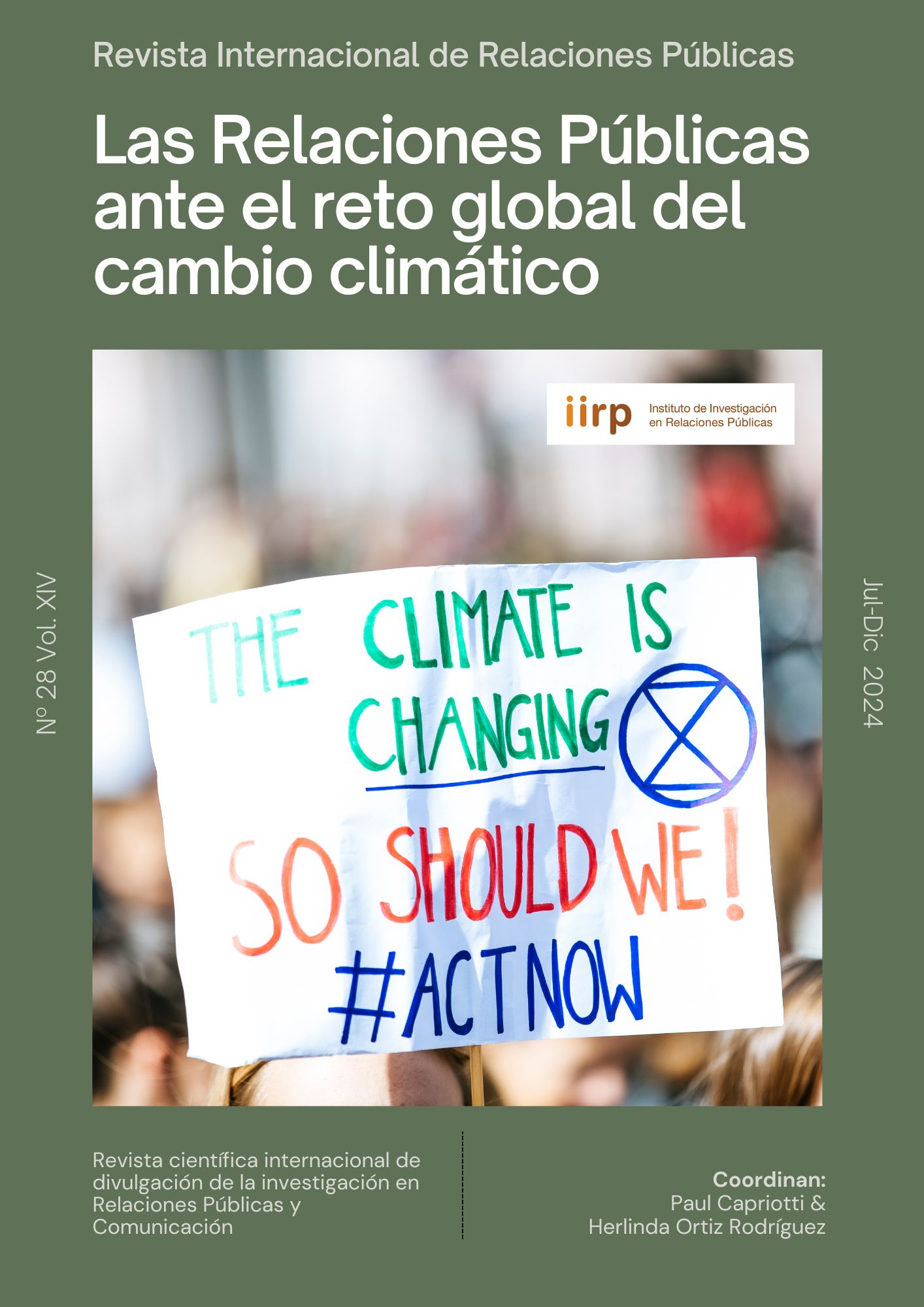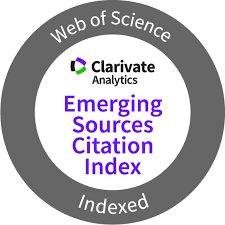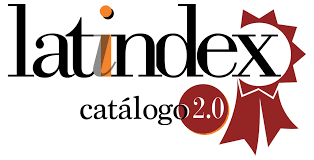Public Relations and Startups in Andalusia
Analysis of their activity with a gender perspective
DOI:
https://doi.org/10.5783/revrrpp.v14i28.878Keywords:
public relations, strategic communication, gender perspective, women's entrepreneurship, startupsAbstract
Effective PR management is considered essential in the first years of a startup's life, as it contributes to its viability and sustainability through strategic communication planning. The overall objective of this study is to analyze the startup landscape in Andalusia, Spain, with a special focus on the Public Relations (PR) strategies of women-led companies. Secondary objectives include: 1) To identify trends in female entrepreneurship in Andalusia and their relationship with PR; 2) To analyze the professional profile of women in PR roles in Andalusian startups; and 3) To propose communication strategies aimed at attracting clients and investors. The methodology combines a systematic literature review and a bibliometric analysis with data from Web of Science and VOSviewer, together with a questionnaire applied to 31 Andalusian startups. This approach allowed to analyse patterns in PR management and female representation. The findings show an increase in citations of articles on female entrepreneurship, highlighting the provinces of Malaga and Seville, which account for 61% of entrepreneurial initiatives in the region. Improving policies in these areas could boost businesses performance and the growth of new companies. In addition, the results reveal a growth in female leadership, although it still faces challenges, such as under-representation in senior positions. Key strategies include the use of social media, educational content and collaborations with influencers, which are essential to improve visibility and attract investors. This study highlights the need to strengthen PR in startups, professionalise its management and promote female leadership to foster sustainability and competitiveness in a dynamic environment.
Downloads
References
Alarcón, E. V. (2013, mayo). El e-commerce como herramienta de Relaciones Públicas en la empresa de moda española. E-commerce as a Public Relations Tool in the Spanish Fashion Industry. https://doi.org/10.5783/RIRP-5-2013-12-209-226
Antwi, B. O., Frimpong, A., & Ansah, A. (2024). The mediated role of corporate image in the relationship between public relations and customer affective engagement. Cogent Social Sciences, 10(1), 2378539. https://doi.org/10.1080/23311886.2024.2378539
Barroso, M.-B., & Tojar-Hurtado, J. C. (2023). La gestión de relaciones públicas en las empresas con propósito. Revista Internacional de Relaciones Públicas, 13(25), 21-40. https://doi.org/10.5783/revrrpp.v13i25.801
Blanco, F. J., Polo, C., Fernández, M. T., Santos, J. L., De Esteban, D., Asensio, A., & Aguirre, J. C. (2021). Los servicios que prestan los viveros y aceleradoras de empresas en España. Ranking 2021/2022.
Cantet, N., Feld, B., & Peña-Rojas, E. (2024). Women-led ventures: Target margins in emerging markets. Small Business Economics. https://doi.org/10.1007/s11187-024-00962-8
Chen, Z. F., & Lee, J. Y. (2022). Relationship Cultivation and Social Capital: Female Transnational Entrepreneurs’ Relationship-Based Communication on Social Media. International Journal of Strategic Communication, 16(2), 182-205. https://doi.org/10.1080/1553118X.2021.2005069
Carrasco, F. R. C., & Aceytuno, M. T. (2015). Academic spin-offs incubation strategies: The case of the Andalusian region. Cuadernos de Gestion, 15(2), 113-142. https://doi.org/10.5295/cdg.140479ma
Coll-Rubio, P., & Carbonell, J. M. (2024). Growth Communication Strategies in the Digital Age. American Behavioral Scientist, 68(1), 43-55. https://doi.org/10.1177/ 00027642221132798
Crotti, R., Ratcheva, V., Zahidi, S., & Kali Pal, K. (2021). Global gender gap report 2021: Insight report.
Dircom (2022). El Estado de la Comunicación en España 21-22. Madrid: Asociación de Directivos de Comunicación (Dircom). https://dircom.org/wp-content/uploads/2022/05/ECE_21-22.pdf
Galvão, A., Marques, C., Franco, M., & Mascarenhas, C. (2019). The role of start-up incubators in cooperation networks from the perspective of resource dependence and interlocking directorates. Management Decision, 57(10), 2816-2836. https://doi.org/10.1108/MD-10-2017-0936
González-Cruz, T. F., Botella-Carrubi, D., & Martínez-Fuentes, C. M. (2020). The effect of firm complexity and founding team size on agile internal communication in startups. International Entrepreneurship and Management Journal, 16(3), 1101-1121. https://doi.org/10.1007/s11365-019-00633-1
Igartúa Perosanz, J. J. (2006). Métodos cuantitativos de investigación en comunicación. Barcelona: Editorial Bosch.
Iglesias-Sánchez, P. P., Jambrino-Maldonado, C, & de las Heras-Pedrosa, C. (2024). Observatorio W Startup C del emprendimiento innovador femenino. Startups lideradas por mujeres en España. Catálogo de Publicaciones WSC. Málaga. Spain. https://talento.ahk.es/sites/default/files/2024-03/WSC%20OBSERVATORIO_compressed.pdf
Janosova, D., Sadecka, R., & Labudova, L. (2021). Communication aspects in the framework of small and medium-sized enterprises and public administration bodies in the region. 11, 265-270.
López Del Castillo Wilderbeek, F. L. (2022). Visibilidad de las mujeres en el sector de la comunicación. Análisis de las entrevistas en Dircomfidencial. Revista Internacional de Relaciones Públicas, 12(24), 65-84. https://doi.org/10.5783/revrrpp.v12i24.790
Macionis, J. J., & Plummer, K. (2012). Sociology: A global introduction (5. ed). Pearson Prentice Hall.
Malhotra, N. K. (2006): “Questionnaire Design and Scale Development”. In Grover, R., Vriens, M. (2006): “The Handbook of Marketing Research: Uses, Misuses, and Future Advances”. Sage Publications Ltd: London. U.K., pp.: 115-168. http://dx.doi.org/10.4135/9781412973380.n5
Mecha-López, R., & Velasco-Gail, D. (2023). The innovative ecosystem of university spin-offs: Spaces, agents and transfer networks in the regional case studies of Madrid and Andalusia Spin-off universitaria Oficina de Transferencia de Resultados de Investigación (OTRI) Parque Científico Empresa de Base Tecnológica (EBT) Madrid Andalucía. Revista de Estudios Andaluces, 45, 2340-2776. https://doi.org/10.12795/rea.2023.i45
Men, L. R., Ji, Y. G., & Chen, Z. F. (2017). Dialogues with entrepreneurs in China: How start-up companies cultivate relationships with strategic publics. Journal of Public Relations Research, 29(2-3), 90-113. https://doi.org/10.1080/1062726X.2017.1329736
Men, L. R., Qin, Y. S., & Mitson, R. (2021). Engaging Startup Employees via Charismatic Leadership Communication: The Importance of Communicating “Vision, Passion, and Care”. International Journal of Business Communication. https://doi.org/10.1177/23294884211020488
Neuendorf, K. A. (2017). The Content Analysis Guidebook. SAGE Publications, Inc. https://doi.org/10.4135/9781071802878
Observatorio del Emprendimiento de España (2023): Global Entrepreneurship Monitor. Informe GEM España 2022-2023. Ed. Universidad de Cantabria.
OEE. (2021). Emprendimiento de mujeres en España. Análisis con datos GEM 2020.
Picken, J. C. (2017). From startup to scalable enterprise: Laying the foundation. Business Horizons, 60(5), 587-595. https://doi.org/10.1016/j.bushor.2017.05.002
Quintero, E. R. (2011, diciembre). La perspectiva de género en las Relaciones Públicas empresariales: Estudio comparativo de la presencia de mujeres empresarias en prensa. Gender perspective on corporate Public Relations: A comparative study of the presence of women entrepreneurs in press. https://doi.org/10.5783/RIRP-2-2011-12-221-236
Rando-Cueto, D., Jambrino-Maldonado, C., Iglesias-Sánchez, P. P., & de las Heras-Pedrosa, C. (2022). Trends and Evolution of Research on Women’s Entrepreneurship and Communication in the Scientific Literature. Journalism and Media, 3(4), 665-681. https://doi.org/10.3390/journalmedia3040044
Riffe, D., Lacy, S., & Fico, F. (2014). Analyzing media messages: Using quantitative content analysis in research (Third edition). Routledge/Taylor & Francis Group.
Ruiz Olabuénaga, J. I. (2012). Metodología de la investigación cualitativa (5a edición). Universidad de Deusto.
Silva, S. E., Gonçalves, C. A., Silva, J. R., & Venâncio, A. I. O. (2018). Os Papéis dos Agentes de Suporte a Empresas de Base Tecnológica. Revista de Administração Contemporânea, 22(2), 201-225. https://doi.org/10.1590/1982-7849rac2018170048
Stacks, Don W.; Dodd, Melissa; y Men, Linjuan Rita (2013): “Corporate reputation measurement. In Carroll, C. (Ed.). Handbook of Communication and Corporate Reputation, 561–573. London: Blackwell. ISBN: 9780470670989
Steiber, A., & Alänge, S. (2020). Corporate-startup collaboration: Effects on large firms’ business transformation. European Journal of Innovation Management, 24(2), 235-257. https://doi.org/10.1108/EJIM-10-2019-0312
Steiber, A., Alange, S., & Corvello, V. (2021). Evaluating corporate-startup co-creation: a critical review of the literature. International Journal of Innovation Management, 25(07), 2150073. https://doi.org/10.1142/S1363919621500730
Wiesenberg, M.; Godulla, A.; Tengler, K.; Noelle, Inga-Marit; Kloss, J.;Klein, N. & Eeckhout, D. (2020): "Key challenges in strategic start-up communication: A systematic literature review and an explorative study". Journal of Communication Management, 24 (1), 49-64. https://doi.org/10.1108/JCOM-10-2019-0129
Downloads
Published
How to Cite
Issue
Section
License
Copyright (c) 2024 Dolores Rando-Cueto, Ainhoa del Pino Rodríguez-Vera, Carlos de las Heras Pedrosa

This work is licensed under a Creative Commons Attribution-NonCommercial-NoDerivatives 4.0 International License.
Authors publishing in this journal agree to the following terms:
a. Authors retain copyright and grant the journal the right to be the first publication of the work as licensed under a Creative Commons Attribution License that allows others to share the work with an acknowledgement of authorship of the work and initial publication in this journal.
b. Authors may separately enter into additional arrangements for non-exclusive distribution of the version of the work published in the journal (e.g., placing it in an institutional repository or publishing it in a book), with an acknowledgement of initial publication in this journal.
c. Authors are allowed and encouraged to disseminate their work electronically (e.g. in institutional repositories or on their own website) before and during the submission process, as it can lead to productive exchanges, as well as earlier and higher citation of published work (see The Effect of Open Access).





